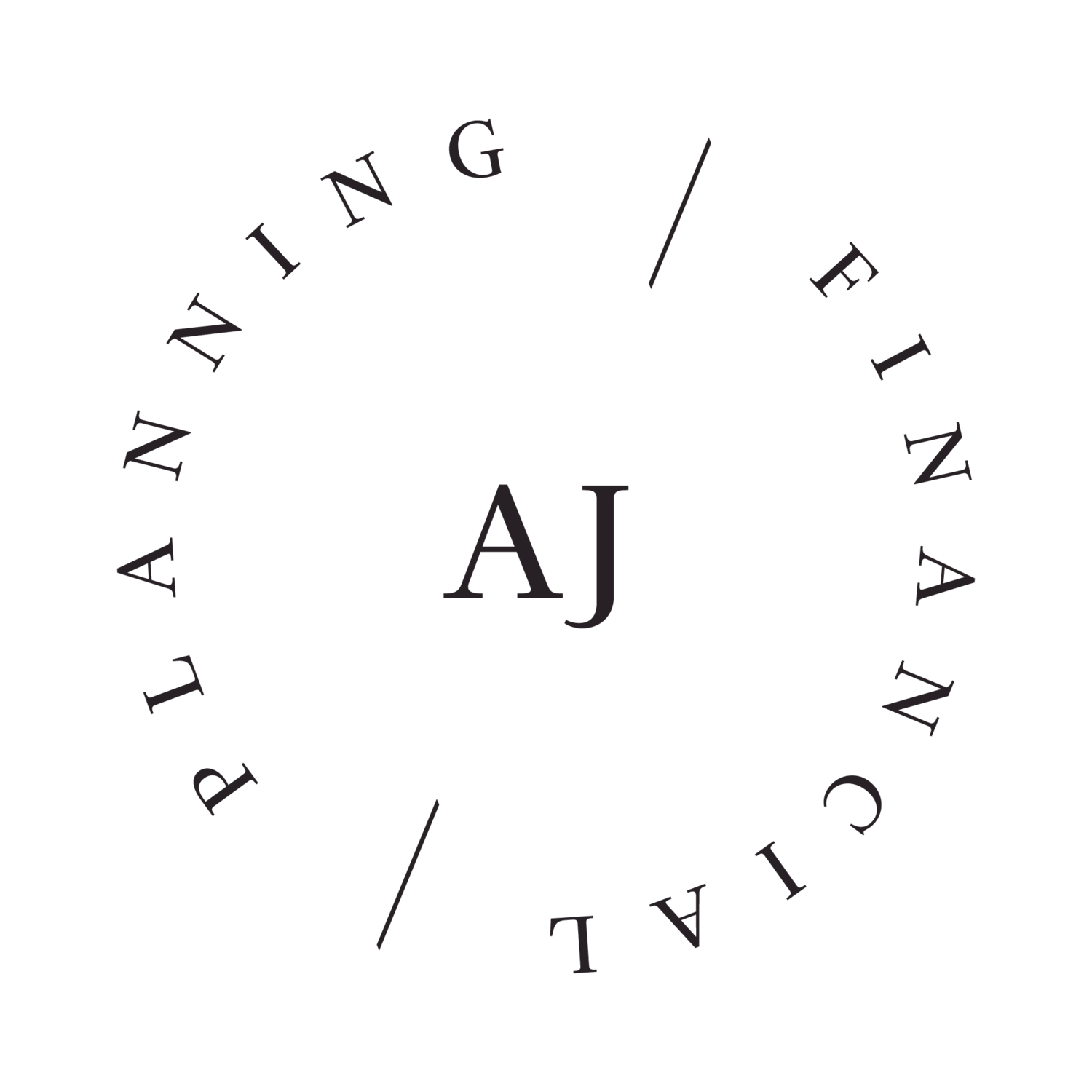With interest rates close to zero, should you still invest in fixed interest?
In the past, portfolio theory was fairly simple. To work out how much you should allocate to growth-based assets, you simply used the following formula:
100 – your age
The result was the percentage you should have in growth-based assets, and the balance would go into fixed interest/defensive assets. So if you were 30, you’d have 70% growth-based assets, and 30% fixed interest/defensive assets. Simple!
These days things are a lot more sophisticated, with detailed behavioural finance profiling based on an investor’s unique attitude to money and investing, to maximise and optimise their asset allocations.
Most investors today are likely to have some exposure to fixed interest investments depending on their individual mix. But what happens when interest rates fall close to zero? In this case a fixed asset class is simply not going to provide a return, so in the longer term should they drop this exposure from their portfolio?
If we think about economics in simple terms, typically a central bank will increase interest rates when times are good, and drop them when times are bad or there are economic concerns that warrant movement.
So, what is happening right now? Well, as the RBA is continuing to drop the rate, it may be wise to be a little cautious: they could be expecting some drama in years to come. Then again, these cautionary measures might serve to nullify this potential drama.
With interest rates at ultra-low levels, investors might be tempted to simply move funds out of the fixed interest or defensive asset classes, and chase growth or higher yields in other areas of the market.
At the time of writing this article, we can see this happening right now: term deposit investors are dumping their safe investments, opening stockbroking accounts and flocking towards the household names that have historically yielded high dividends.
This is why we are currently seeing a ‘pop’ in prices in this high-yield space, as capital transitions towards these asset classes.
We think this is might end in tears.
At some point, we suspect this spike will normalise, and then reality will set in. Investors who have bought into this area will likely see a share price adjustments reversion, which will likely offset any high dividends they might have received.
One of the biggest risks you face as an investor is being tempted into moving into a higher category of risk to chase higher returns, during a period where you might be needing to be more conservative.
On the bright side, at the moment there are a few areas of the market that still provide a reasonable return on fixed interest and defensive assets, but I suspect this window will close within two years’ time as the market catches on.
The reality is, if you’re holding onto that term deposit thinking things will get better, looking at the 10-year bond yield, which is currently paying 1.28% p.a., unfortunately it’s pricing in only one interest rate rise within the next 10 years.
As we all know, a small piece of economic news can change things dramatically, but at this stage the market is not predicting higher interest rates anytime soon.
Like most things to do with finance, this is a fairly complex area to navigate. Deciding exactly where to head to maintain your asset allocation weighting and keep the protection levels at a suitable level can be tricky. And although everyone’s situation is different the portfolio theory, which is based on hundreds of years of positive interest rates, will be challenged. So we do need to be thinking about these issues today – before any opportunities are vaporised.
So before you jump in and try to work out for yourself which way to turn to capture the moment, we would recommend that you speak with a suitably qualified, practising financial planner and of course, I recommend AJ Financial Planning.

